5 Types of Squirrels and How to Tell Them Apart
Updated: Nov. 07, 2022
Look for these clues to tell different types of squirrels apart, and learn more about squirrels' quirky habits and where to find them.
Types of Squirrels You Should Know
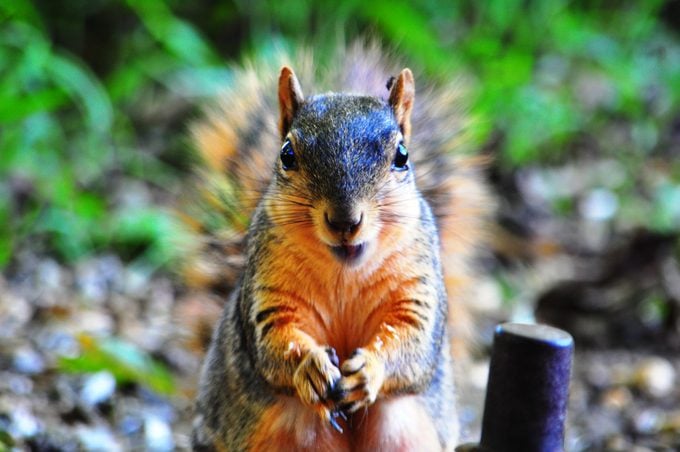
You may have a concrete idea of what a squirrel is and looks like but there are many distinct types of squirrels, with over 65 species that live in North America. The most common types of squirrels are tree squirrels, ground squirrels and flying squirrels. Here is what sets them apart.
Discover 8 nutty and fun facts about squirrels.
What Types of Squirrels Visit Bird Feeders?
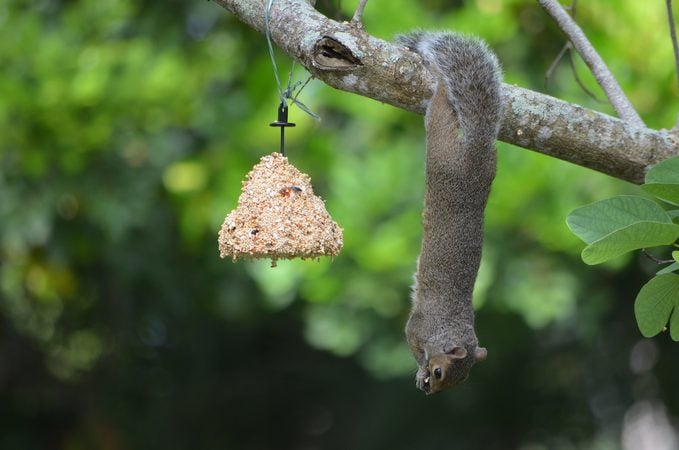
During the day, the most common type of squirrel you’ll see at a feeder is a tree squirrel. Gray squirrels, fox squirrels and red squirrels are all types of tree squirrels. While these encounters may produce some funny squirrel pictures, you may want to keep them away from your feeders to save your birdseed.
Three methods can keep your birds eat in peace.
- Put up physical barriers. Bird feeder squirrel baffles or squirrel-proof bird feeders may be effective, and usually work best in combination. Read our review of Brome’s Squirrel Buster Plus bird feeder.
- Offer different birdseed. Some bird-watchers say that squirrels do not eat safflower seeds, but birds like cardinals and some woodpeckers do.
- Build a squirrel feeder. If you can’t beat them, feed them! Feeding squirrels will allow them to coexist with birds. They’ll stay at the DIY squirrel feeder, and your flying visitors won’t be hassled.
1. Gray Squirrels
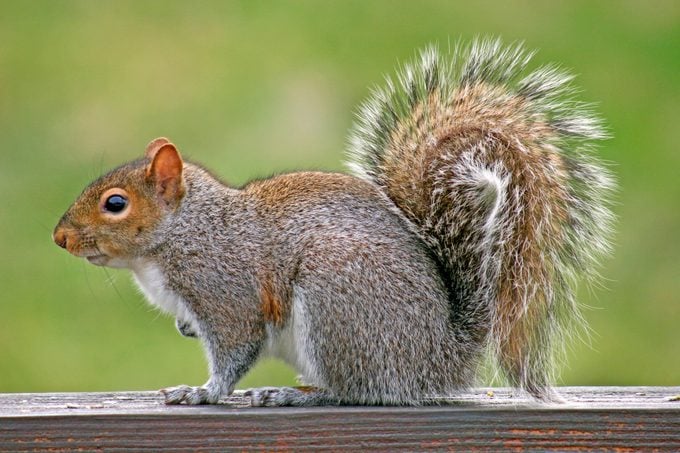
Species: Eastern, western and Arizona gray squirrel
Traits: Look for their gray backs and lighter undersides. The eastern gray has brownish accents on the face, feet and tail, but the others are almost entirely gray.
Habitat: Gray squirrels are especially acrobatic and can be seen anywhere from the ground to treetops in deciduous and mixed forests.
Learn how to spot common winter wildlife.
2. Fox Squirrels
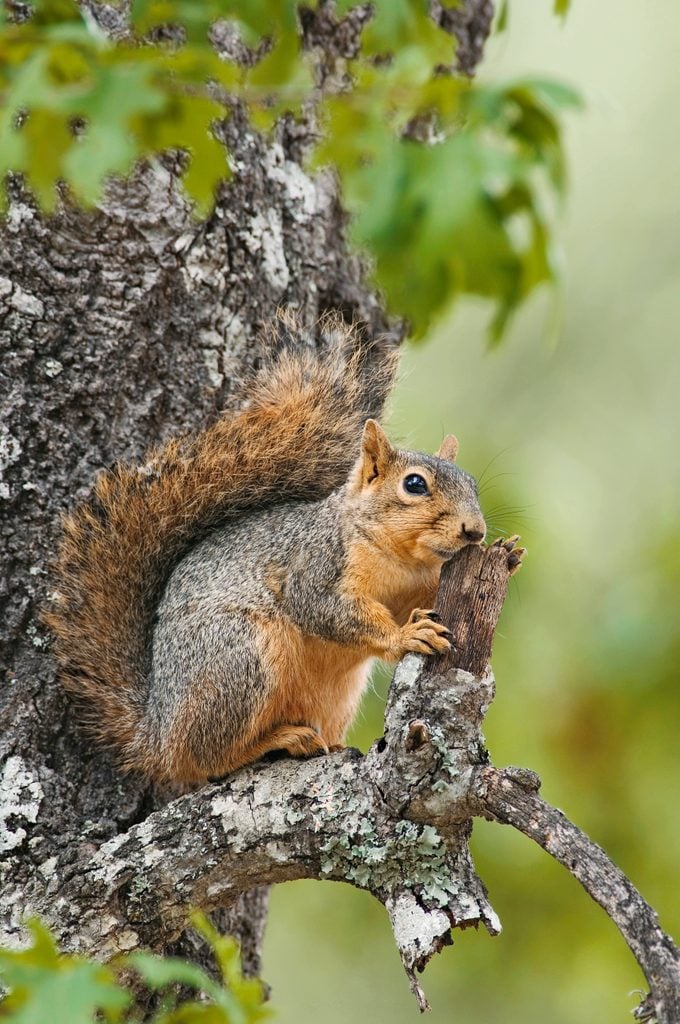
Species: Eastern and Mexican fox squirrel
Traits: Some of the largest tree squirrels, these species weigh in at nearly 2 pounds. Their coats vary from region to region, but most have foxy orange trim on their sides and tails.
Habitat: You’re likely to spot fox squirrels on the ground, as they aren’t as agile as gray squirrels.
3. Reddish Squirrels
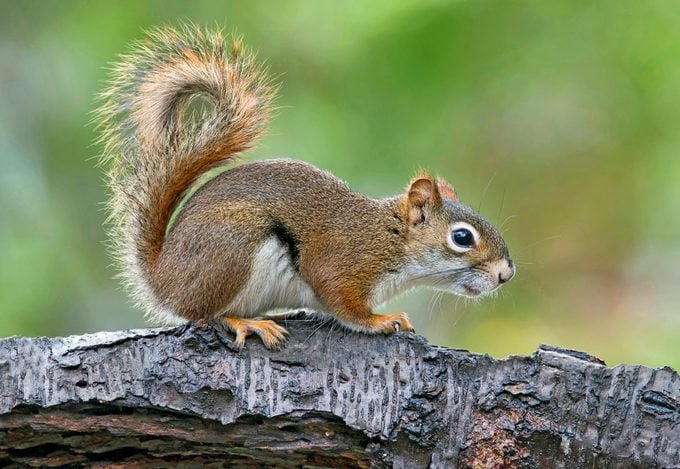
Species: Red and Douglas squirrel
Traits: They may be small, but they are the most active, noisy and colorful group of tree squirrels. Both species have large patches of red, although the Douglas’ has a darker gray-brown back in winter.
Habitat: Look for these species in forests with coniferous trees—they primarily eat seeds from cones.
Check out 9 funny raccoon pictures to make you smile today.
4. Flying Squirrels
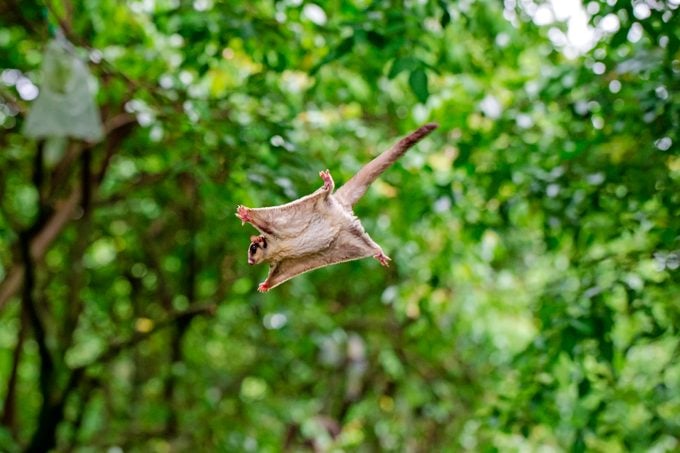
Species: Southern and northern flying squirrel
Traits: Their large eyes help them see in the dark, and extra skin allows them to hang glide from tree to tree. They’re some of the cutest squirrels, inspiring many gifts for squirrel lovers.
Habitat: Despite being common, flying squirrels are not seen as often as other tree squirrels because they’re only active at night. They tuck themselves into holes in trees during the day to sleep.
Don’t miss these amazing wildlife photos in Yellowstone National Park.
5. Ground Squirrels
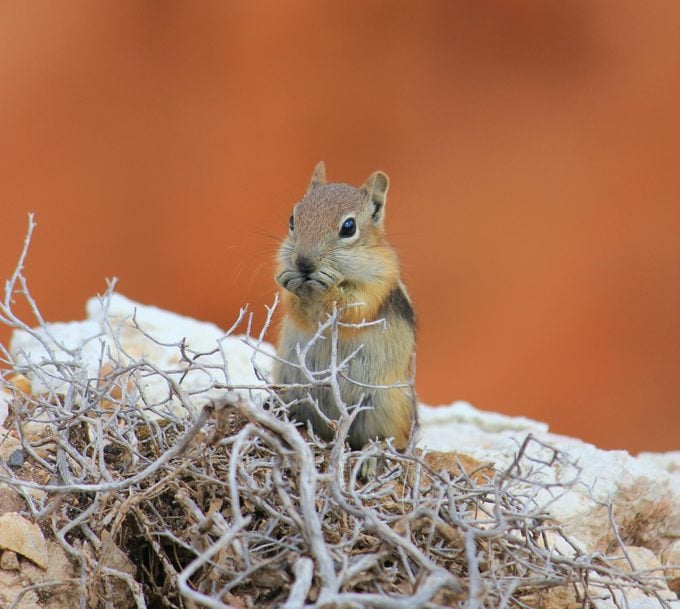
Species: California, Wyoming and Belding’s ground squirrel
Traits: Generally more dense or chunkier-looking than tree squirrels. Some species’ tails are much shorter as well.
Habitat: When threatened, these squirrels scurry to their burrows (or a tree, if they’re in a pinch). They tend to live in small colonies underground and are active during the day.
Next, learn how to stop squirrels from digging in your flower pots.
